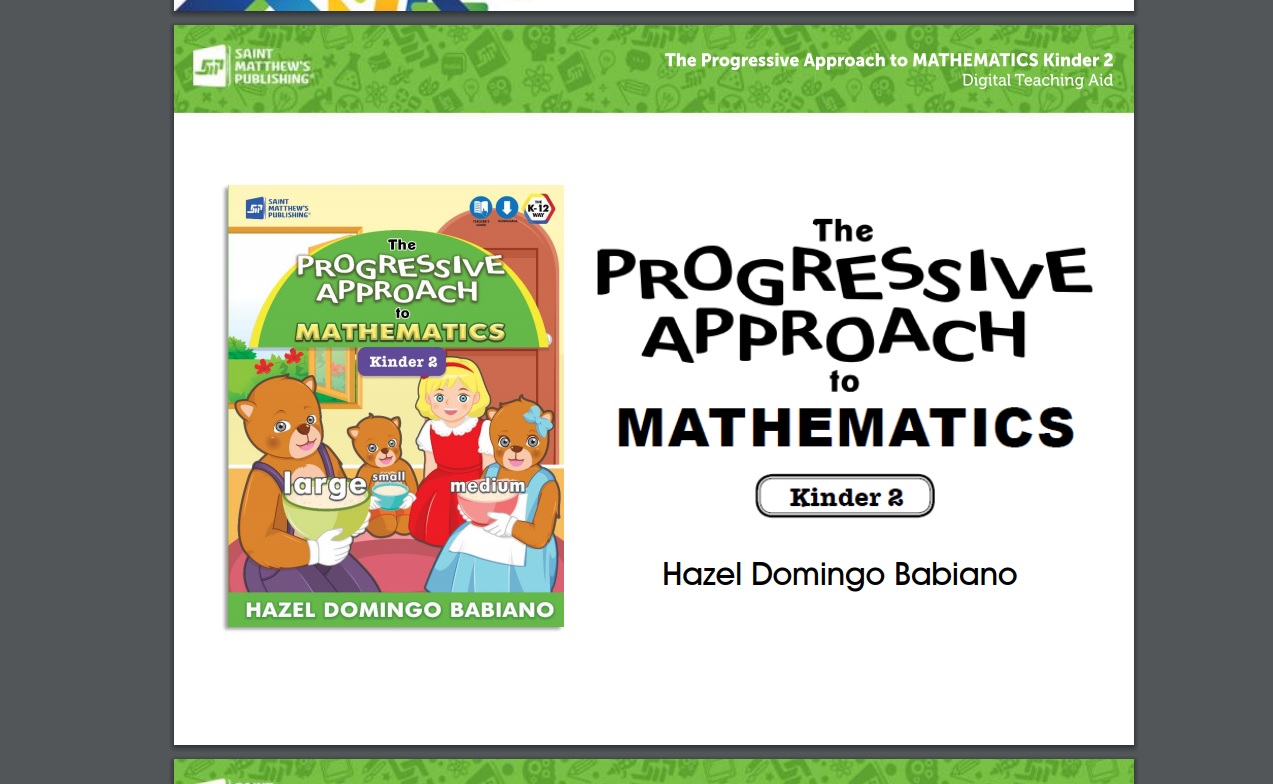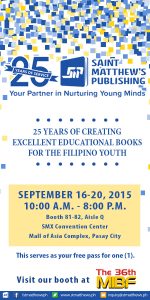Curriculum Planning
Planning Your Curriculum
✦ Step back and get an overview of the school year’s schedule of activities.
✦ Create loose timelines and set your learning goals.
✦ Remember that your main objective, which is to foster learning, supersedes the importance of watching the clock. You must balance the two priorities of sticking to the schedule and honoring your learning goals.
Before School Starts
✦ Examine the learning competencies in your Restructured Basic Education Curriculum (RBEC).
✦ Look at the number of units in your textbooks or curriculum materials and determine how much time to allow for each unit over the course of the year.
✦ Count the number of chapters within each unit, merging those units that are identical, and determine how much time you can spend on each. Project the dates when you will probably begin a new chapter in the first unit.
✦ Determine how much time to allot for the lessons that will cover the contents.
✦ Jot down the learning activities you will plan within a sample day and within a sample week.
At the End of the First Week
✦ After the first few days of school, you may feelbetter able to estimate the length of time needed to complete the activities in your lesson plans. Assess whether you can stay on target given the time you allocated for each chapter.
✦ Factor in daily activities and special events as you prepare for each new week. Record in your plan book any upcoming school activities or other interruptions you should anticipate.
At the End of the First Unit
✦ Assess the effectiveness of your timeline again. Map out the chapters for the entire semester and the start dates in your plan book.
At the End of the First Semester
✦ Complete the process for the remainder of the year, noting down the start dates for each chapter.
✦ You could team up with a co-teacher to develop the schedule; you could discuss weight priorities, and check which of the competencies have not been sufficiently covered and which ones have been over studied.
 (02) 426 5611 | 426 1274
(02) 426 5611 | 426 1274  inquiry@stmatthews.ph
inquiry@stmatthews.ph




























